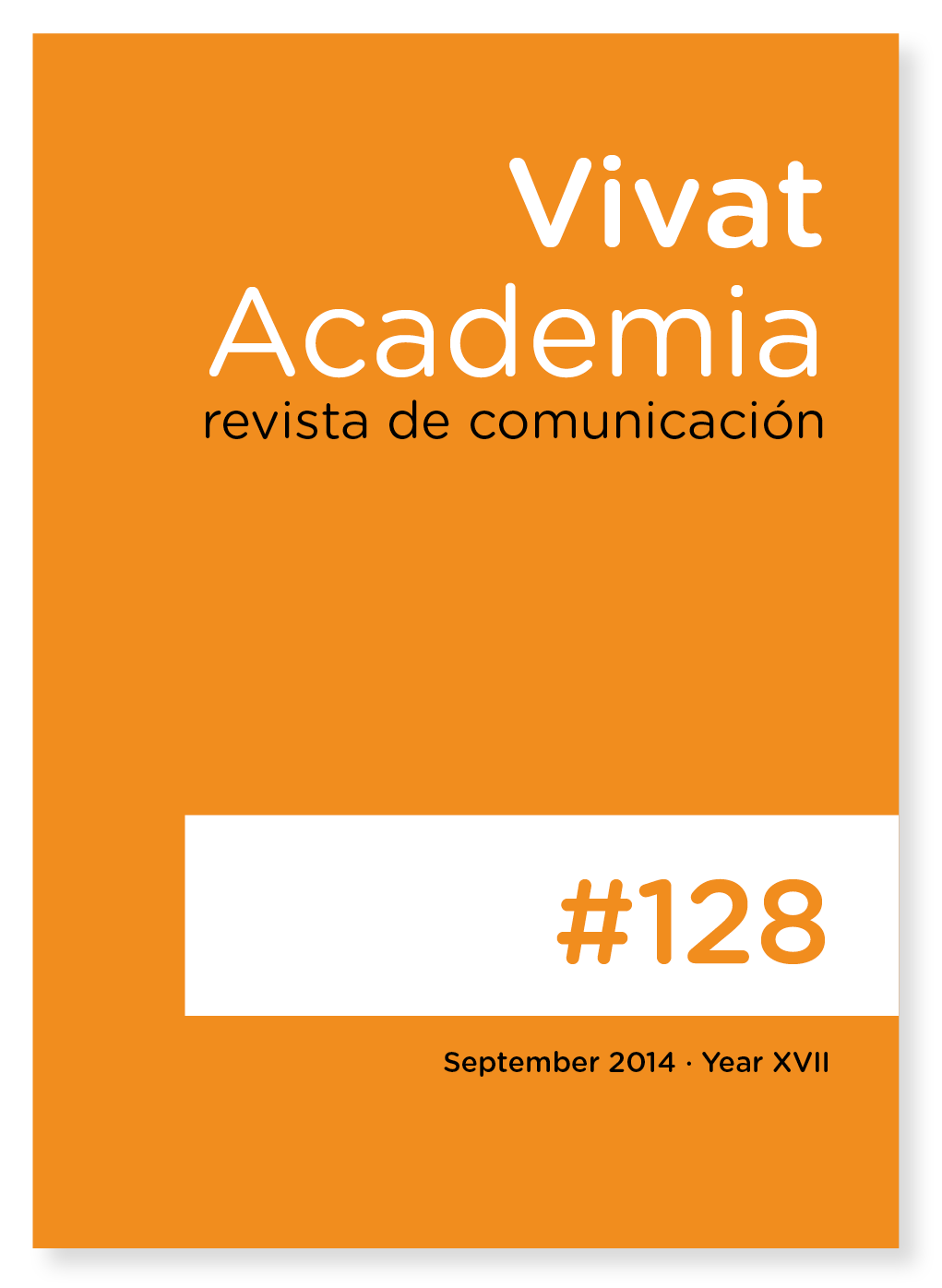Importance of the advertising
Main Article Content
Abstract
The present work analyzes the advertising and the need to educate the population in this matter. Our aim with this article is to demonstrate the need to educate the citizenship, specially the children, in order that they learn to read advertising and, this way, to minimize its negative effects in the society. For it, in this article we are going to analyze the current advertising situation, paying particular attention to the infantile public, in order to know and to understand with greater detail the need of an advertising education. Also we will know the importance of the school in this labor that we raise. All that will allow us to conclude that - as it happens in the rest of areas of the life - the education is the only option to solve all the problems that stem from the great volume of advertisements to which we are exposed every day, to make really free citizens with regard to the consumption and of offering to the society an authentic autonomous capacity with regard to the advertising, as tool of the capitalist sector.
Downloads
Article Details
References
Aguaded Gómez, J.I. (2001). La educación en medios de comunicación. Murcia. Editorial KR. 2001.
Aznar, H.(1999). Comunicación Responsable. Barcelona. Ariel Comunicación.
Ballesta Pagán, J. (2009). Educar para los medios en una sociedad multicultural. Barcelona. Editorial Da Vinci.
Bonete, E. (2006). Ética de la comunicación audiovisual. Madrid. Tecnos. Pág.173.
Costa, J. (1992). Reinventar la publicidad. Reflexiones desde las Ciencias Sociales. Madrid. Fundesco. Pág. 11.
Eguizábal, R. (2009). Industrias de la conciencia: una historia social de la publicidad en España (1975-2009). Barcelona. Península. Pág. 9
Eguizábal, R. (2007). Teoría de la publicidad. Madrid. Cátedra. Pág. 7
Ferrer Roselló, C. (1992). Genios y monstruos de la publicidad. Madrid. Dossat. Pág. 19.
Furones, M. A. (1980). El mundo de la publicidad. Barcelona. Salvat.
Huxley, A. (1985). Un mundo feliz. México. Editores mexicanos unidos.
Lakoff, G. y Jonson, M. (1995). Metáforas de la vida cotidiana. Madrid. Cátedra.
Madrid Cánovas, S. (2006). Semiótica del discurso publicitario. Murcia. Universidad de Murcia.
Noguera, A. y Cristófol, C. (2006). Falsedad y comunicación. Valencia: Universidad de Málaga.
Normacivil (2010). Ley General de la Publicidad (http://civil.udg.es/normacivil/estatal/contract/Lgp.htm) (10-5-2010)
Pérez Esclarín, A. (2004). Educar para humanizar. Madrid. Narcea
Ramonet, I. (2002). La tiranía de la comunicación. Barcelona. Editorial Debate.
Shor, J. (2006). Nacidos para comprar. Los nuevos consumidores infantiles Barcelona. Paidós Ibérica.
Tierno, B.y Giménez, M. (2004). La educación y la escuela de 8 a 10 años. Madrid. Santillana Familia.





